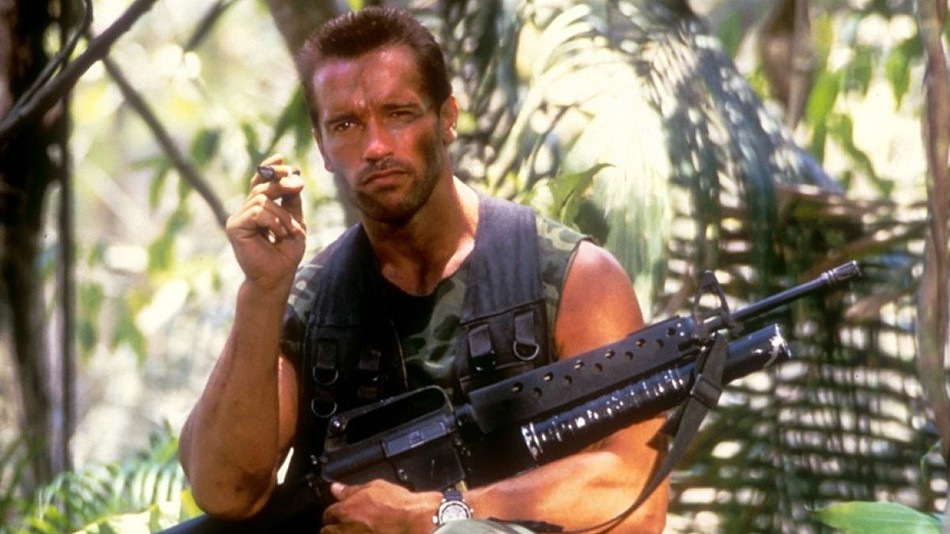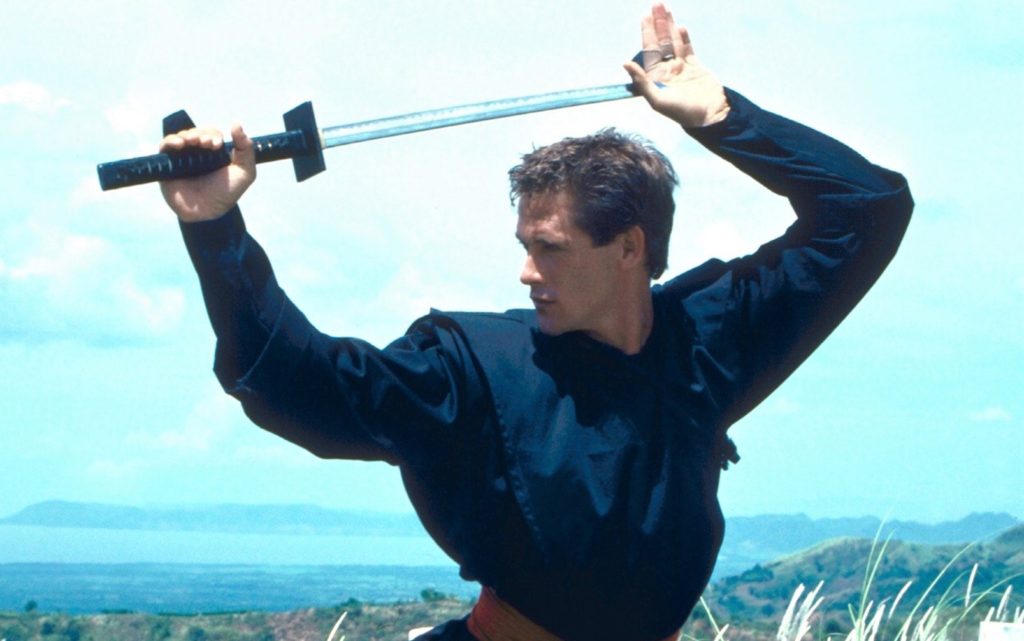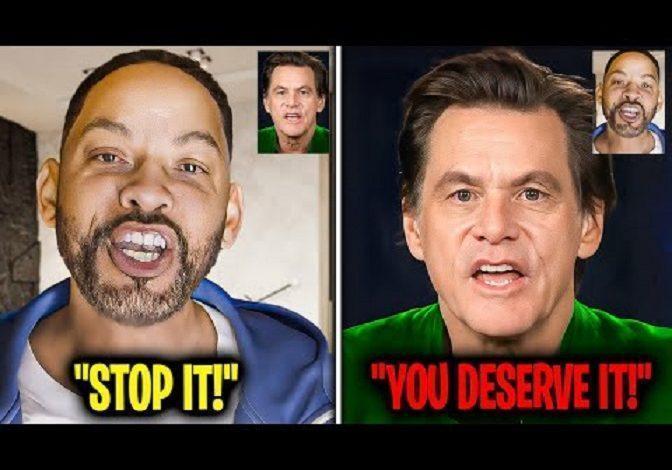17. First Blood Was Based On A Book
Written by David Morrell in 1972, First Blood was very well received and the film rights were sold that same year. The fact that it took ten years to go from page to screen, and that was due to a constant cycle of rewrites and resales, and the rights were passed through several studios and rewritten until finally realized in 1982. As is often the case, the film adaptation was actually very different from the original novel. Aside from changing a few characters and minor moments, the entire focus of the novel had shifted by the time it went into production. The book has a much more depressing ending, which is because almost everyone dies (including Rambo).

 16. And The Book Was Based On A Real Person
16. And The Book Was Based On A Real Person
Morell had many influences in the creation of his novel, including the classic novel Rogue Man (Jeffrey Household), but the main inspiration for Rambo’s character was a real-life war hero: Audie Murphy. Murphy was awarded a World War II hero who received five medals for heroism from France and one from Belgium, and thirteen medals for valor from the US Army. Murphy also received the Medal of Honor at the age of nineteen for holding his position alone against enemy soldiers before counterattacking while wounded. However, his incredible fighting skills were not the only source of inspiration. Unfortunately, Murphy returned home with a severe traumatic stress disorder and turned to drugs and alcohol.


15. Stallone Hated The First Cut
It seems that star Sylvester Stallone was something of a perfectionist when he was working on First Blood. Not only did Stallone write a few revisions to the script itself, but he was furious when he saw the first draft. The film was over three hours long, and he was worried that the film would simply ruin his career, and he didn’t want the film to hit theaters. Stallone even made an offer to buy the existing negatives to ensure they were completely destroyed. However, the film was saved when Stallone was shown a preview video that was only 40 minutes long and liked it. And after that, the film was reduced to a much more manageable 90 minutes (less than half the length of the doomed first cut), and the rest is history.


14. Trautman Was Named After Uncle Sam
Colonel Trautman, he may have been something like Rambo’s father in the movies, but he was named after his uncle… ie Uncle Sam. Naming such a central character after a personification of the American government may seem like an odd choice, given Rambo’s history with the Vietnam War and his general distrust of authority figures. It makes much more sense when viewed from the original novel. Here, Trautman is not the caring person we meet in the films (and later film novelizations), but a much more authoritative figure. Trautman and Rambo have a much more complex relationship that suits his relationship with the government and the military.


13. The Name “Rambo” Comes From An Apple
Rambo’s name has become synonymous with the muscular war hero, but the name actually comes from a humble piece of fruit. There are actually two apples called “Rambo”, “Rambo Apple” and “Summer Rambo”. The story goes that the writer couldn’t think of a suitable name for our hero when his wife brought home some Rambo apples and he thought it might work. And it’s not a particularly cool backstory, because some people believe he was named after the Japanese word for “violence.” The Japanese word “rambo” most often means “lawless” and this is a coincidence discovered when the film was released in Japan and not a conscious choice by the author.


12. Al Pacino Nearly Played Rambo – But Thought the character Wasn’t Crazy Enough
Rambo is synonymous with Sylvester Stallone, but he wasn’t always the first choice for the role. The studio considered a range of other actors, including Chuck Norris, Robert De Niro and Clint Eastwood. Several actors turned down the role because the part was too violent, including Dustin Hoffman, John Travolta, and Terence Hill. Al Pacino was absolutely interested, but he only wanted the part if Rambo was even more crazy as he felt the script just lacked the intensity of the novel. And his request was denied, and Stallone decided to play Rambo, which, according to Pacino, was not enough.


11. Rambo’s Knife Was Custom Made.
Sylvester Stallone personally chose famed knifemaker Jimmy Lyle to design and build the iconic knife first used by Rambo in First Blood. And the goal was simply to create a knife that could be reliable for extreme survival situations, including one that was long and sharp enough to cut food or chop wood; waterproof and able to hold essentials such as matches and medicines; the ability to wear a nylon string for fishing or fishing; and to have alternating saw blades for defense and for cutting poles for cover. A total of six knives were created for use during the production of First Blood, with additional updated versions made for later films in the series.


10. To Become Rambo, Stallone Had A Ridiculous Workout Schedule.
First Blood required Stallone to be ripped apart (he directed Rocky III shortly before he did the first Rambo film, which helped), but for the second outing, he really needed to be pumped up with iron. The actor trained for about eight months before filming began at the end of 1984, but he kept a very strict regime during filming. He started with a two to three hour morning workout, then progressed to a 10 to 12 hour filming day on the film. After that, instead of going home and resting like the rest of the cast and crew do, he ended the day with another two to three hours of practice. After six hours of sleep or so, he got up and was ready to do it all again. Maintaining that physique definitely helped Stallone in his next film as well: he started filming Rocky IV right after First Blood Part II.


9. There Is Only One Death In First Blood
For a franchise known for its extreme violence, it comes as a surprise to many people that only one character actually dies in First Blood. For the most part, Rambo uses his incredible fighting skills to disarm and neutralize his opponents without actually killing them. Even one death is not at the hands of Rambo, but an accident due to the fault of the victim, Galt, who is trying to shoot Rambo from a helicopter and falls to his death. However, in the following films, the death toll increases exponentially. In the second part of the first blood, it is eighty-five. By the time we get to Rambo (aka Rambo IV), the body count is averaging 2.59 per minute. And Rambo III topped a hundred, which made it the most violent film ever made (according to the Guinness Book of World Records at the time).


8. First Blood Part II Is Dedicated To The Crewman Who Died On Set
While filming First Blood Part II in Acapulco in November 1984, a tragic accident claimed the life of special effects specialist Cliff Wenger Jr. him instantly. The film was dedicated to his memory. The franchise as a whole has an impressive history of on-set injuries, especially to stuntmen and Stallone himself. Injuries included broken ribs (when Stallone jumped from a tree), a broken nose (which happened when Stallone accidentally elbowed a stuntman in the face), and a broken back (when a car chase scene went wrong and the stuntman was driving behind Rambo). rolled over and suffered a fracture of the lumbar spine).


7. Rambo Could Have Been In A Different Situation In The Fourth Movie.
When Stallone decided to revisit the story of Rambo 20 years after the third movie, the original idea for the fourth installment involved Rambo helping to rescue a woman in Tijuana, Mexico. According to Stallone, early ideas for the movie were to emphasize illegal immigration as a focal point but the idea was scrapped because he wanted to keep the character in a jungle setting. Stallone introduced the idea of setting the movie in Burma after reading about protests that led to the events of the Saffron Revolution and the ongoing civil war conflict between the Myanmar military and Karen rebels, which he felt wasn’t being properly covered in the Western media.


6. Rambo and Indiana Jones Rode The Same Horse
Stunt horses make as many cross-movies as human stuntmen, so it’s not surprising to see a familiar four-legged actor in several action films. In Indiana Jones and the Last Crusade, Harrison Ford rides the same horse as Sylvester Stallone in Rambo III. Rambo has some history with horses (which would explain why an American soldier would be such a capable rider as he is in Rambo III) since his father owned a ranch. In the final scenes of Rambo III, we see him in Arizona going to a horse farm.


5. A Line In Rambo: First Blood Part II Inspired A New Sly Stallone Trilogy.
During the sampan scene in the middle of the film, Ko Bao asks Rambo why he was chosen for this supposed suicide mission, to which Rambo replies, “I’m expendable.” Twenty-five years later, Stallone would develop and co-write The Expendables, an ensemble action film starring Stallone and several of his fellow 1980s action stars about an elite group of mercenaries on dangerous missions. Stallone confirmed that the film’s title came from dialogue in First Blood Part 2.


4. Part of Stallone’s Pay Was a GulfStream Jet
As one of the richest actors in the world (with a net worth of around $400 million), it’s no surprise that Stallone has owned more than one private jet in his entire career. In 1986, his Boeing 727 was vandalized in Copenhagen by graffiti artists who painted “Ho Chi Minh Air Force” on the side of the plane. With this message, the vandals allegedly made fun of his Rambo character. since part of his royalties from the 1988 Rambo III were reputedly from Gulfstream; which was one of the most expensive and luxurious private jets on the market.


3. The Timing Of Rambo III’s Release Was Really Poor.
The plot of the third movie is about Rambo teaming up with Mujahideen fighters in Afghanistan to fight Russian soldiers and save Colonel Trautman during the Soviet-Afghan war. The storyline attempted to continue the anti-Soviet slant of the series that began in Part 2…until history intervened. Around the time the film was in post-production in late 1987 with a view to a May 1988 release, Soviet leader Mikhail Gorbachev began introducing glasnost, a formal easing of tensions, and increased transparency between the US and the USSR towards the end of the Cold War. . Then, 10 days before the release of Rambo III, the Soviet Union began withdrawing troops from Afghanistan altogether, negating the main thrust of the film’s anti-Soviet message.


2. Rambo is banned in Myanmar
The 2008 film installment Rambo is set in Burma/Myanmar as John Rambo has to help rescue a group of missionaries kidnapped by soldiers in a brutal military regime. The portrayal of the military forces in Burma is extremely negative, as Stallone saw the film as a political statement as much as an action movie, and spoke out against the regime in the country at the time of release. The local government banned the film, with sellers risking seven years in prison for stocking the controversial movie, but it became popular despite this, with an underground trade in copies springing up.


1. Rambo, He’s Based On A Real-Life War Hero.
Morrell first considered writing a book about a decorated war hero trying to return to civilian life when he read about the real-life exploits of World War II soldier Audie Murphy. Murphy was the most decorated American soldier in World War II, receiving every possible US military award for valor, as well as five separate awards from foreign countries, including France and Belgium. After the war, Murphy starred as himself in a film adaptation of his own autobiography and continued his film career, appearing in 44 feature films. Murphy, who later suffered from severe post-traumatic stress disorder, which also inspired Morrell’s characterization of Rambo, tragically died in a plane crash in 1971. Morrell went on to write novelizations of the second and third Rambo films. Since he caused Rambo to die at the end of the first book, he had to retroactively change this to keep his character alive and well in subsequent books.
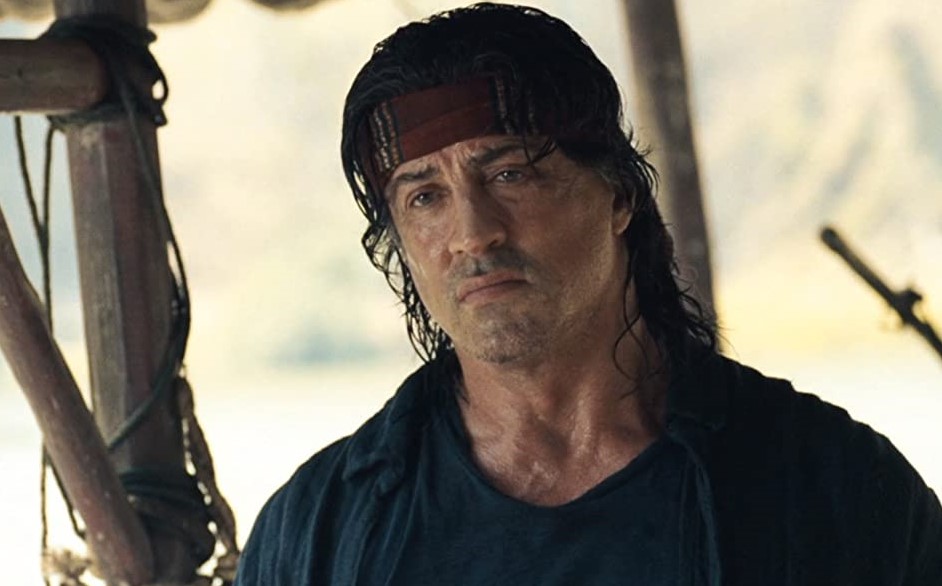
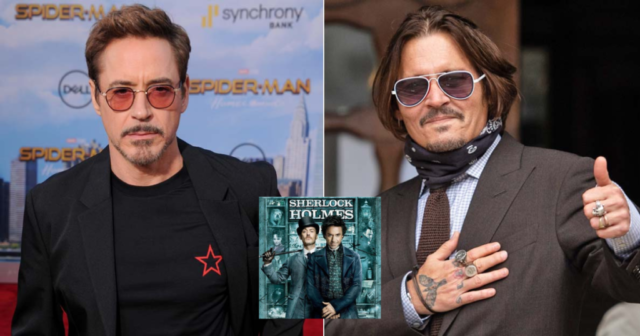
 Entertainment2 years ago
Entertainment2 years ago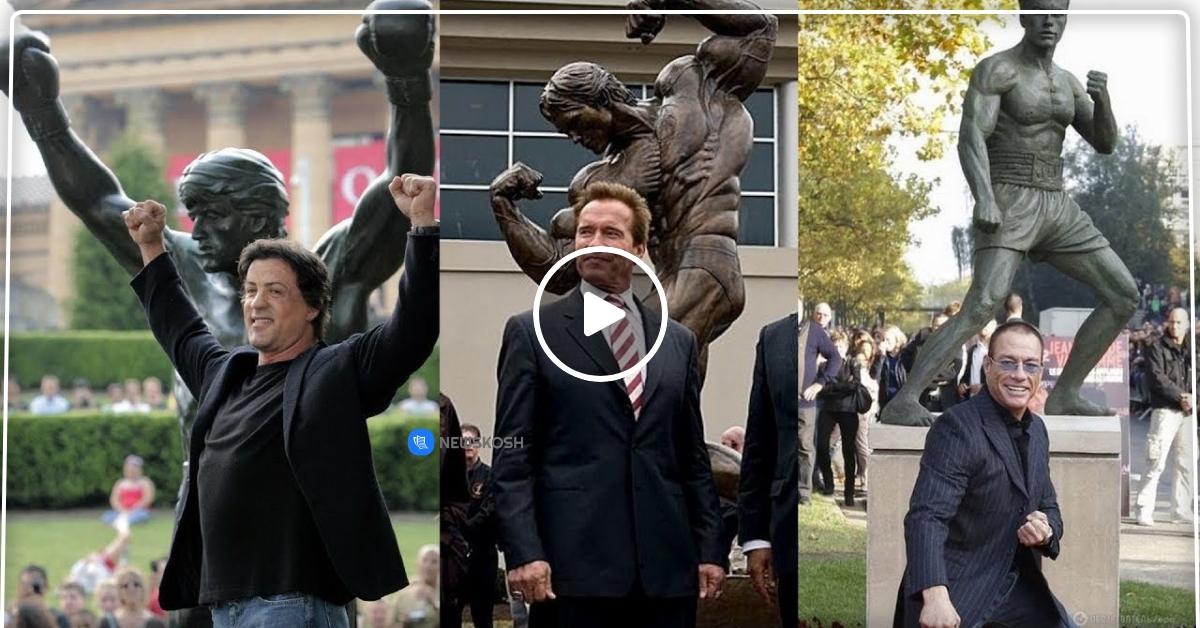
 Entertainment2 years ago
Entertainment2 years ago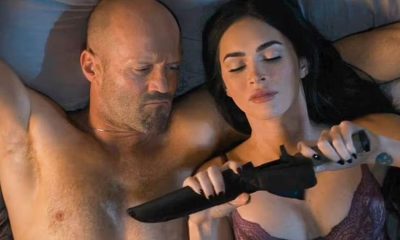
 Uncategorized1 year ago
Uncategorized1 year ago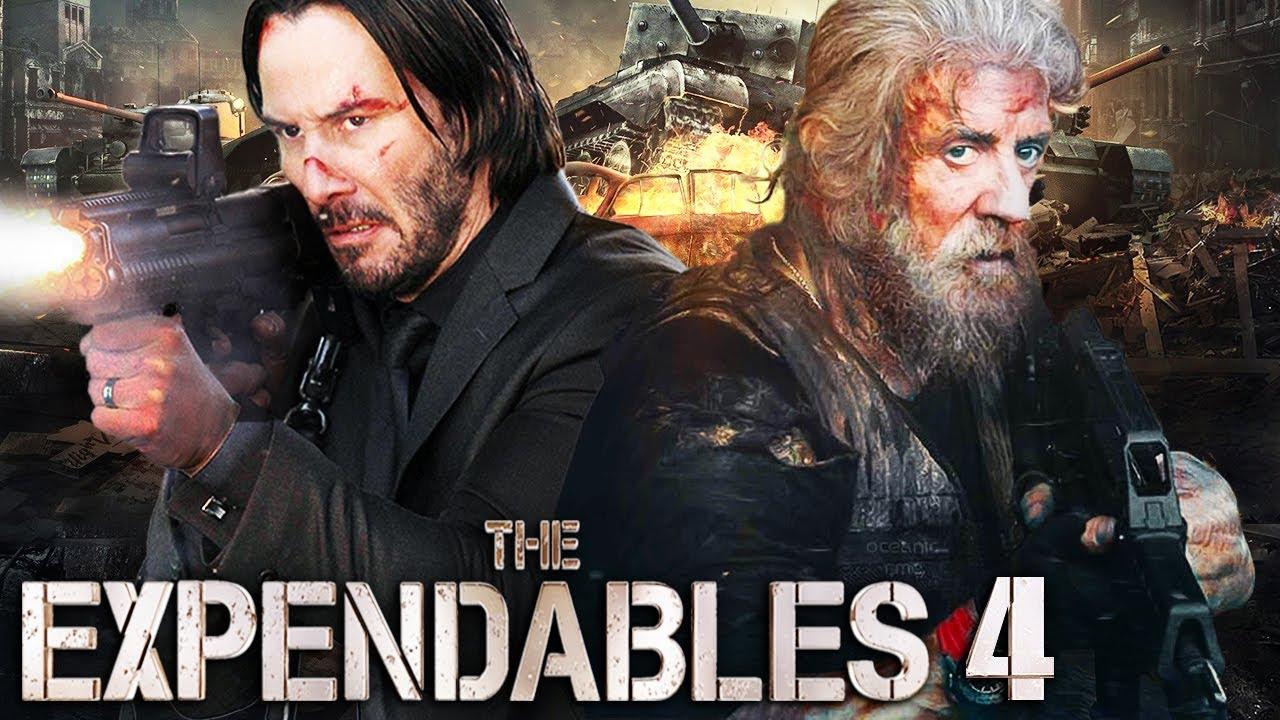
 Entertainment2 years ago
Entertainment2 years ago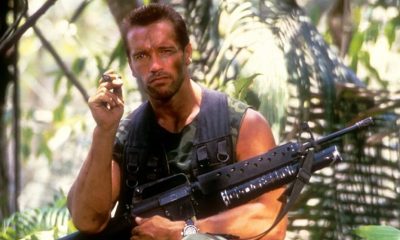
 Entertainment1 year ago
Entertainment1 year ago
 Uncategorized10 months ago
Uncategorized10 months ago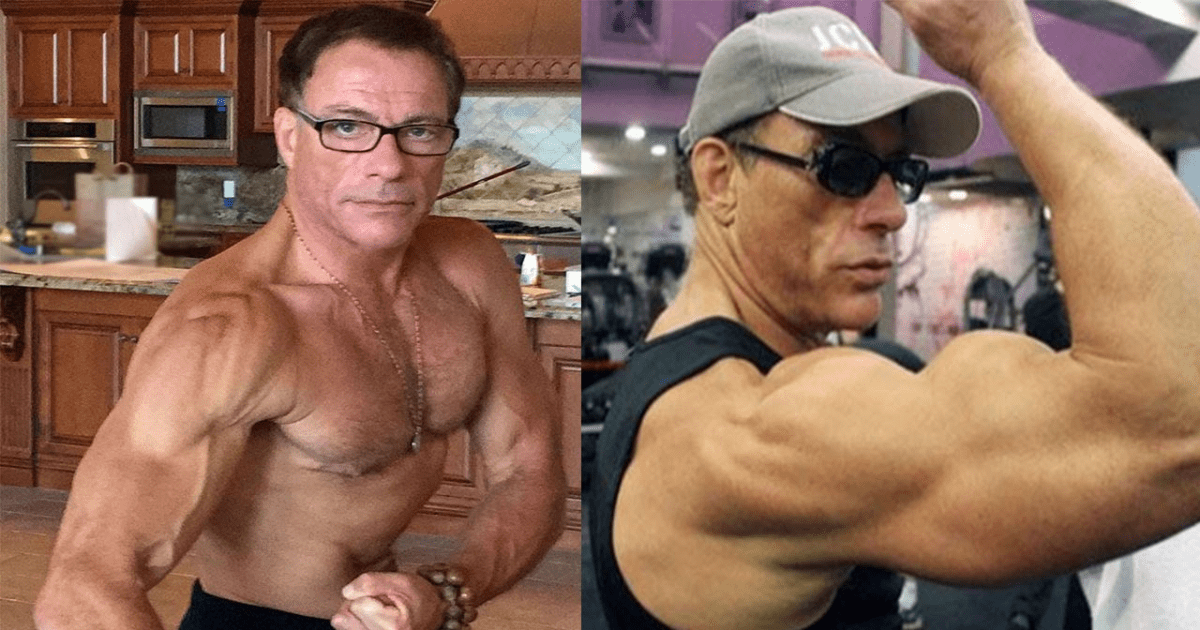
 Uncategorized1 year ago
Uncategorized1 year ago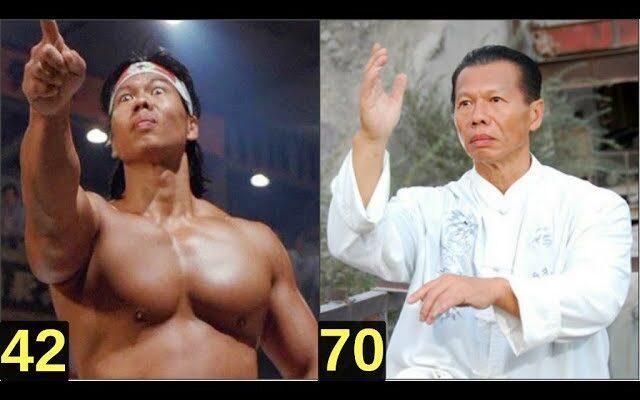
 Uncategorized1 year ago
Uncategorized1 year ago
















